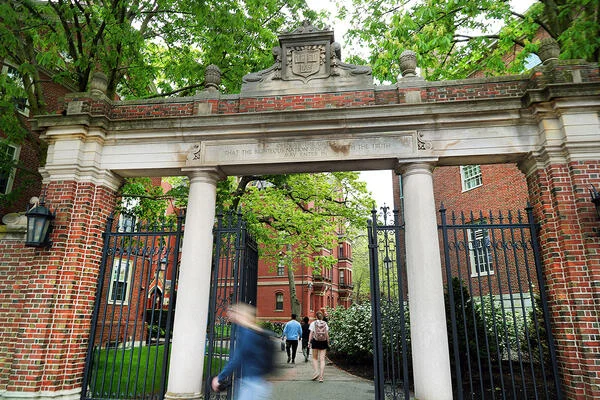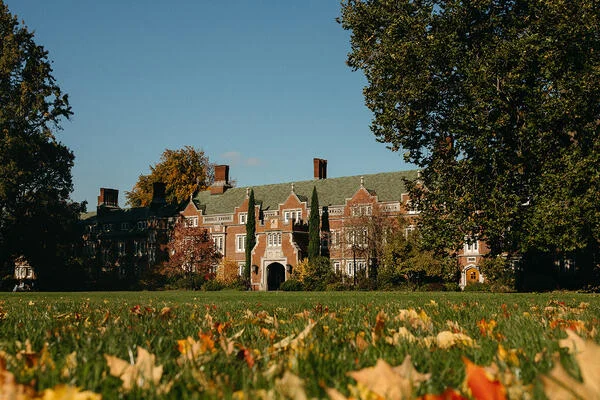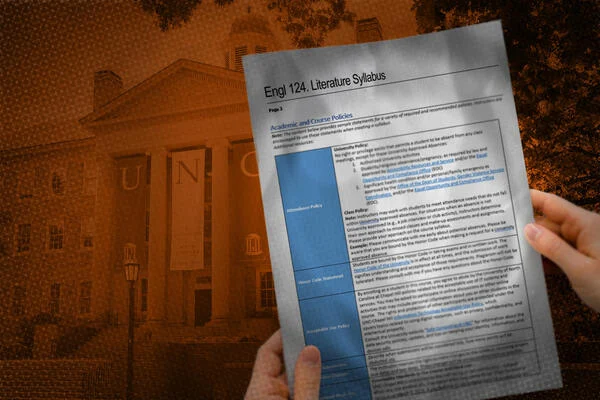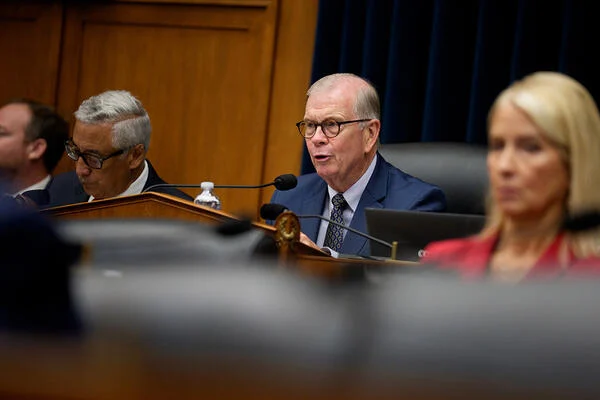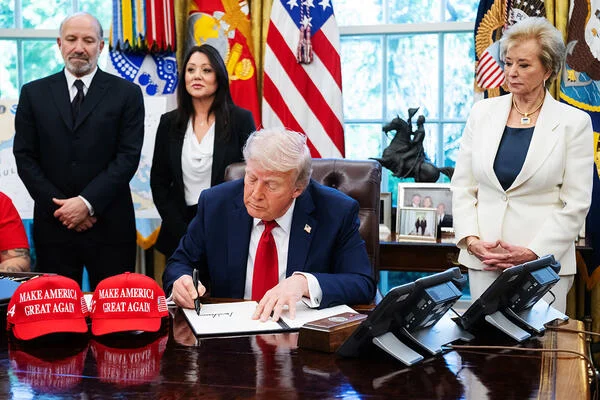With the imminent arrival of early-decision results comes a new round of hand-wringing about the admissions practice, which affords students a better chance of getting accepted to their top institution but requires them to commit if admitted.
Critics argue that the practice disadvantages low- and middle-income students, who fear being locked into attending a college before they know if they can afford it—although many colleges with an early-decision option allow students to back out over financial constraints. It also prevents applicants from comparing financial aid offers across multiple institutions.
“Because there is so much uncertainty, families with high incomes are more likely to choose early decision and therefore benefit from its more favorable odds. It’s the perfect tool for maximizing revenues at schools positioned as luxury products, with price tags to match,” wrote Daniel Currell, a former deputy under secretary and senior adviser at the Department of Education from 2018 to 2021, in a New York Times op-ed published Wednesday that argued for the end of early decision. Indeed, Common App data about the fall 2021 freshman class showed that students from the wealthiest ZIP codes were twice as likely to apply early decision.
But despite the criticisms, some institutions are aiming to make the practice more equitable. A handful of small liberal arts colleges have introduced initiatives in recent years to allow students to preview their financial aid offers before they decide whether or not to apply early, which admissions leaders say they hope will make lower-income students feel more comfortable taking the leap.
Reed College, a selective liberal arts college in Oregon, began offering early-decision aid reviews this year, which allow early-decision applicants to request and view their full financial aid packages before they receive an actual decision from the university. Just like an official aid offer, the preview is calculated by financial aid staff using the College Scholarship Service profile.
If they aren’t entirely comfortable with the amount of aid they’re set to receive—or they’d rather compare offers from other institutions—they can drop their application down into the early-action pool.
“I just think that this anxiety that people have over not getting the best financial deal for their family has been a barrier for people saying, ‘This is my first-choice school and I want to do everything I can to increase my chances for admission,’” said Milyon Trulove, vice president and dean of admission and financial aid at Reed.
Early financial aid offers are among the various steps institutions have taken in recent years to improve cost transparency and, in many cases, show students that their institutions are affordable. Others include improved cost estimators and campaigns offering free tuition for families under a particular income limit. Institutions hope that such innovations will help prevent students from writing off their institutions—particularly selective institutions that offer significant aid—due to their sticker prices.
So far, Reed’s reviews appear to be doing a good job of enticing applicants who otherwise might not have applied early; the number of early-decision applicants this year increased 60 percent compared to last admissions cycle. Only one student has opted to switch to early action, which is nonbinding, after receiving their estimated offer.
Similar programs at other institutions have also proven successful. Whitman College in Washington began offering early financial aid guarantees in 2020 to any prospective student who had filled out the Free Application for Federal Student Aid. The initiative wasn’t created specifically to promote early decision, said Adam Miller, vice president for admission and financial aid. But he said he hoped that making it clear to families that Whitman is affordable would also open doors for students interested in applying early decision but nervous about costs.
Early-decision applications haven’t increased at Whitman like they did this year at Reed. But Miller noted that the college’s early-decision applicants are as socioeconomically diverse as the institution’s overall applicant pool, rather than skewing wealthier.
“As we think about these nationwide conversations and the very valid criticism of early decision, we think that our approach allows us to have kind of a win-win,” he said. “We still get the benefit of students who are applying early, [so] that we can start to build our incoming class with some confidence,” while also eliminating financial uncertainty for families.
Last year, the university’s four-person financial aid staff handled 546 requests for early aid guarantees. It’s an extra lift for the tiny office, but, Miller said, 410 of those students ended up applying—“so it’s not like we were doing a lot of extra work for students that we weren’t going to be doing it for anyway.”
Macalester College also launched such a program in 2021. The institution, which typically admits between 35 and 40 percent of its incoming class from early decision, implemented aid previews in conjunction with a number of other steps aimed at improving access, including going test-optional and eliminating its application fee.
“If we have an opportunity to do something that we think might be helpful to an individual student or family, I guess I feel as responsibility as an enrollment manager to try to initiate a new practice or new policy,” said Jeff Allen, vice president for admissions and financial aid at Macalester.
Boosting Cost Transparency
Financial aid experts said they see early financial aid calculations as a good option for institutions hoping to make the early-decision process—and college costs over all—more transparent.
Students should be able to “apply early decision to a school where they know it’s the place for them and they don’t need to be saying, ‘But I need the financial aid so maybe this isn’t a good choice,’” said Jill Desjean, director of policy analysis at the National Association of Student Financial Aid Administrators. “That option should be available to anyone that finds the school where they really feel like they belong via early decision without having to factor in their finances, so any kind of early estimates, accurate early estimates—anything like that is a positive thing.”
She noted that such programs might be too heavy of a lift for institutions receiving massive numbers of applications every year, but also that larger institutions have more resources and staffing to accommodate such requests.
James Murphy, a senior fellow at Class Action, an advocacy organization focused on “reimagining elite higher education,” said that while he sees early aid previews as a positive step toward transparency, they don’t address some of his key concerns about early decision. At many expensive private high schools, he said, nearly every student applies early decision, whereas public high school students often aren’t even aware of the option.
“There’s kind of a culture thing. If you go to Georgetown Prep … everybody’s applying early decision, or most students are applying early decision, unless they’re applying to Harvard or Stanford that don’t have it … When you look at public schools, that’s not nearly as common,” he said. “I think raising awareness of early decision as a viable option for more students is one step that higher education could take to make it a little bit more equitable.”
He also noted that some institutions admit over half of their incoming classes from early-decision applicants, which dramatically lowers the chances for regular-admission applicants to be admitted.
“The New York Times had that op-ed about banning it. That’s not going to happen. Colleges will fight so hard to make that not happen,” he said. But, he said, “what I would love to see is caps” on the percentage of students that can be admitted early decision.

